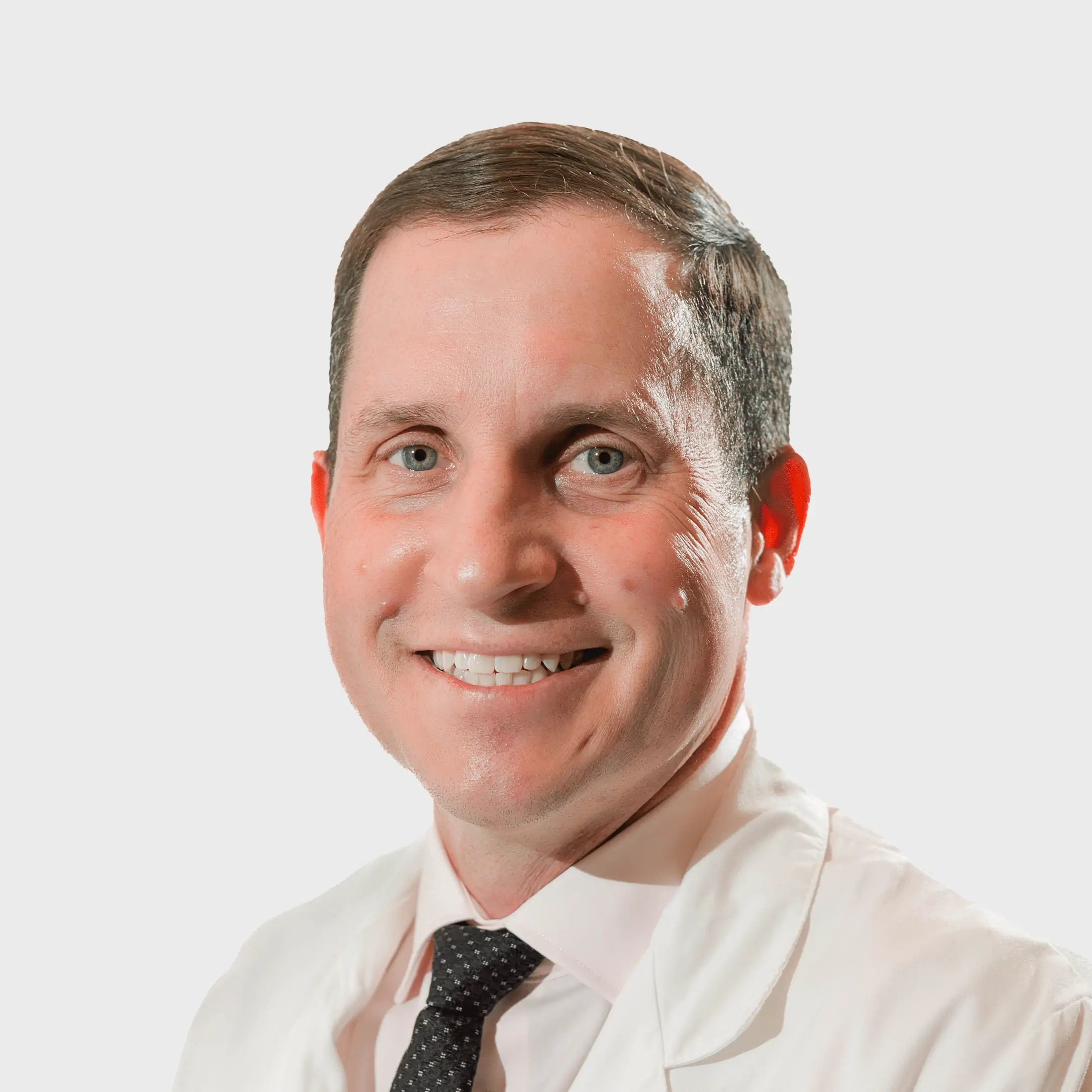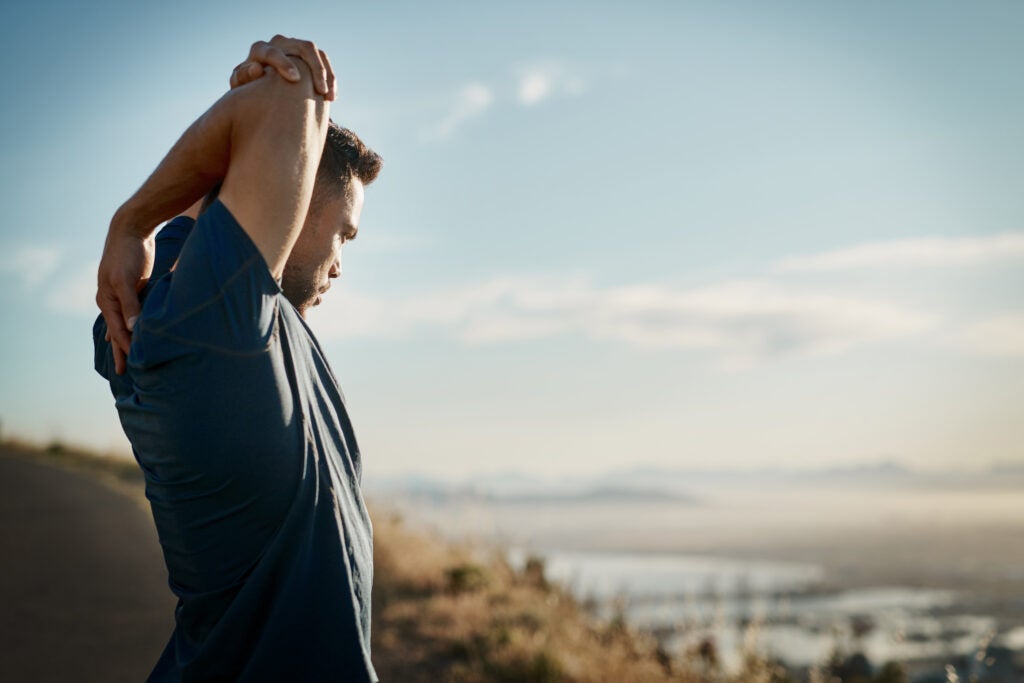Where It Hurts: My Shoulder
Your shoulder is the most flexible joint in your body. This makes it more susceptible to injuries, whether from wear and tear, athletics, or trauma. Rotator cuff problems are especially common with the shoulder. Arthritis, fractures, tendon problems, and issues with instability also cause shoulder pain. Learn more about when a shoulder replacement can be indicated as well as conditions that affect shoulders, and how Middlesex Orthopedic & Spine Associates can help.
Common Shoulder Injuries and Conditions
We see patients with all types of shoulder pain. The most common injuries and conditions we treat are:
- Arthritis: Arthritis causes pain, swelling, and loss of mobility in your shoulder joint. Arthritis can happen over time as your cartilage wears out (osteoarthritis).
- Collarbone fracture: You can break your collarbone by falling on an outstretched arm or hitting your shoulder hard. With a broken collarbone, lifting your arm will be very painful and might cause a grinding sensation.
- Frozen shoulder: With frozen shoulder (adhesive capsulitis), the tissue around the shoulder joint thickens, forming scar tissue. At first, it can feel like a dull, aching pain when moving your shoulder. The shoulder gets stiffer as you restrict movement, until it hurts to move at all.
- Humerus fracture: You can break part of your shoulder, the top of the humerus bone, by falling on an outstretched arm or hitting your shoulder hard. With a broken humerus, lifting your arm will be very painful and might cause a grinding sensation.
- Labral tears: The labrum is the cartilage that lines your shoulder joint. Pitchers and other athletes who make forceful snapping motions often tear the labrum. Labral tears cause pain and a feeling of instability when moving your shoulder.
- Rotator cuff: Rotator cuff pain usually hurts in the side of your shoulder and can shoot down the side of the arm, especially when doing overhead activities. Even brushing your hair or reaching behind your back can hurt. You can have pain from rotator cuffs tendonitis (irritated tendons) or because of a tear related to traumatic injury or overuse.
- Shoulder dislocation: A strong blow or twisting motion can make your upper arm bone slip out of the socket. Shoulder dislocations usually cause intense pain. A doctor needs to maneuver the bone back in place.
- Shoulder impingement: Shoulder impingement also known as shoulder bursitis can cause pain and weakness in the shoulder. The pain can refer down the side of the arm and can get worse with overhead activity.
We see patients with all types of shoulder pain. The most common injuries and conditions we treat are:
- Arthritis: Arthritis causes pain, swelling, and loss of mobility in your shoulder joint. Arthritis can happen over time as your cartilage wears out (osteoarthritis).
- Collarbone fracture: You can break your collarbone by falling on an outstretched arm or hitting your shoulder hard. With a broken collarbone, lifting your arm will be very painful and might cause a grinding sensation.
- Frozen shoulder: With frozen shoulder (adhesive capsulitis), the tissue around the shoulder joint thickens, forming scar tissue. At first, it can feel like a dull, aching pain when moving your shoulder. The shoulder gets stiffer as you restrict movement, until it hurts to move at all.
- Humerus fracture: You can break part of your shoulder, the top of the humerus bone, by falling on an outstretched arm or hitting your shoulder hard. With a broken humerus, lifting your arm will be very painful and might cause a grinding sensation.
- Labral tears: The labrum is the cartilage that lines your shoulder joint. Pitchers and other athletes who make forceful snapping motions often tear the labrum. Labral tears cause pain and a feeling of instability when moving your shoulder.
- Rotator cuff: Rotator cuff pain usually hurts in the side of your shoulder and can shoot down the side of the arm, especially when doing overhead activities. Even brushing your hair or reaching behind your back can hurt. You can have pain from rotator cuffs tendonitis (irritated tendons) or because of a tear related to traumatic injury or overuse.
- Shoulder dislocation: A strong blow or twisting motion can make your upper arm bone slip out of the socket. Shoulder dislocations usually cause intense pain. A doctor needs to maneuver the bone back in place.
- Shoulder impingement: Shoulder impingement also known as shoulder bursitis can cause pain and weakness in the shoulder. The pain can refer down the side of the arm and can get worse with overhead activity.
Physicians

- Sports Medicine
Practicing in:
Middletown, Hebron, Newington, and Westbrook
- Sports Medicine
- Hip and Knee Replacement
Practicing in:
Middletown and Westbrook
- Sports Medicine
- Hip and Knee Replacement
Practicing in:
Middletown, Marlborough, and Newington
- Hand and Upper Extremity
Practicing in:
Middletown, Marlborough, Newington, and Westbrook
- Hand and Upper Extremity
- Sports Medicine
Practicing in:
Middletown and Westbrook
- Sports Medicine
- Hip and Knee Replacement
Practicing in:
Middletown, Westbrook, and Marlborough
- Sports Medicine
- Hip and Knee Replacement
Practicing in:
Middletown, Hebron, and Newington



